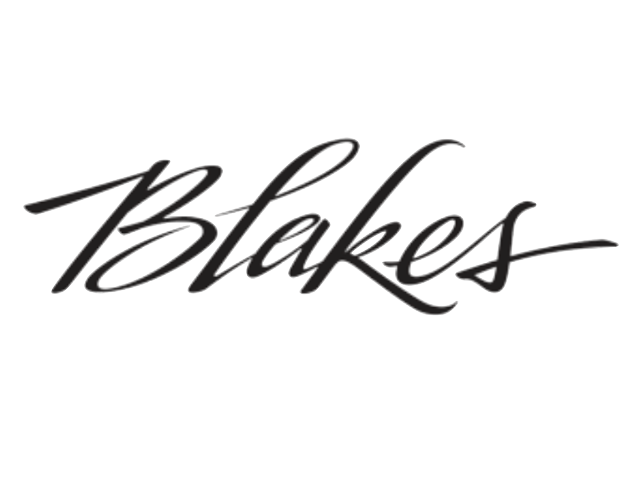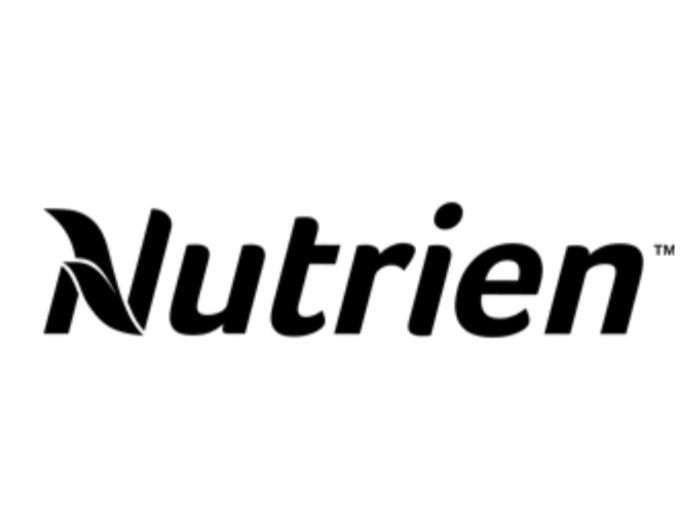Support from senior management and key assignment allocation are crucial for employee advancement.
Career development practices provide employees with effective ways to acquire new skills, take on more responsibility, and enhance their knowledge, which can help them succeed at their current jobs, earn promotions, and transition to new positions. Support from senior management – either in the form of mentorship or sponsorship – and key assignment allocation are crucial factors for employee advancement. Even though both women and men observe a lack of support that prevents their career development, women, and especially those with intersectional identities, tend to have less access to career development opportunities, fewer visible role models, and more pressure if they are the “only” representatives of their gender in certain positions.
According to a 2019 report, almost half of male managers are uncomfortable participating in common work activities with a woman at work. Moreover, if a woman has a particularly successful career, other employees may believe the success is a result of unfair assistance from leadership as opposed to her own ambition, experience, and talent. In order to prevent backlash and provide equal opportunities for advancement, organizations need intentional and adaptive career development practices that respond to the needs of all employees.
Success Factors for Career Development
- Establishing formal career development programs that include sponsorship, mentorship, networking, and Employee Resource Groups (ERGs) will help organizations provide potential women and diverse leaders equal access to those opportunities offered to their male counterparts.
- Ensure that formal career development programs are available to all employees. Although, women-only programs can be effective, especially in male-dominated industries, they can also send the wrong message about women’s ability or competence, depending on how these programs operate. While companies should explicitly target high-performing women and diverse candidates, programs should be designed to accelerate the careers of all participants.
- Effective sponsorship requires that the sponsors have a voice in decision-making processes. McKinsey & Company found that sponsorship by a senior leader is the most important criteria for career advancement.
- Beneficial mentorship involves providing valuable career advice and guidance as well as actionable feedback to help improve skills or performance.Formalized mentorship programs hold both parties accountable and prevents backlash affecting women’s access to male mentors.
Good Practices in the Private Sector

Blake, Cassels & Graydon LLP’s Employee Resource Group, the Women@Blakes Network, provides support, mentorship, client development, networking opportunities, and work-life resources to women law professionals at the firm in an effort to ensure their professional success. One of the group’s initiatives, “Making It Rain,” targets middle-level to senior associates to build business development skills by offering tailored training. Over the course of a year, the participants are expected to meet with their coaches and present concrete examples of business development initiatives they have undertaken, which also promotes cross-selling and strengthens informal networks.

Nutrien’s Accelerate Development Program was first launched as an internal two-year program focused on sponsorship and skill improvement for high-potential women. Candidates designed personal career development plans, received additional leadership training, participated in personal development programs, and received personal coaching from an external facilitator. Then, the program provided candidates with access to a formal sponsorship program that included a selection of senior leaders from different areas of the business.
Recommendations for Career Development
- Engage leaders and establish their role in career development programs. CEO and senior leadership should encourage honest conversations among all levels of employees.
- Be strategic and purposeful when designing career development programs. Identify areas and levels of the business that would benefit most from the programs, assess your future workforce demographics needs, set formal goals and measurement methods, and develop a strong communications plan to promote programs.
- Make space for non-traditional career development. Examples include: tailoring programs to support women in male-dominated roles and men in women-dominated roles; sharing information about non-traditional career paths, horizontal progression, and non-linear advancement.
- Encourage employees’ participation in internal Employee Resource Groups (ERGs) as well as external networks. These groups can support organizational efforts of mentoring, training, employee engagement, retention, and critical business objectives.
- Avoid “similar to me” relationships and look beyond traditional mentoring structures that could limit opportunities for women, visible minorities, people with disabilities, etc. Aim to match people according to skills and development needs, which can include having multiple mentors or reverse-mentoring aspects.
- Set expectations for relationships that are mutually agreeable and hold both parties accountable. Each party should benefit from mentoring or sponsorship for the duration of the relationship.
- Provide sufficient information, support, and resources as part of career development programs. Training will help all parties understand their roles, cultivate self-advocacy skills, and ensure participants are effective and engaged.
Good Practices in the Private Sector

Stantec’s Women’s Leadership Development Committee is dedicated to building awareness related to unconscious bias in the workplace, empowering women in the organization to build confidence, and helping women expand their spheres of influence. To increase promotion rates and advancement opportunities for women in the organization, the committee has established the first women’s sponsorship program, SponsorHer@Stantec, and continuously supports all 40 Women@Stantec Employee Resource Group chapters.

Unilever has a number of programs and policies in place to attract, empower and promote new and current employees. For example, Unilever offers a three-year Future Leaders Program to prepare new graduates for business roles in the organization, as well as a leadership program called Villa Leadership, which helps to prepare and support female employees for senior leadership roles.
Assess Your Organization’s Career Development
- Does your organization offer mentorship programs?
- Does your organization offer sponsorship programs?
- Does your organization offer career development programs other than mentorship or sponsorship (e.g. training, networking, Employee Resource Groups)?
- How does your organization ensure that all career development programs respond to the needs of all employees?
- Does your organization evaluate the outcomes from career development programs by gender to determine how they impact career paths?
- How does your organization prevent discrimination or bias in career development programs?
- How does your organization ensure that senior leaders participate in mentorship and/or sponsorship programs?
- How does your organization hold both parties accountable in mentorship and/or sponsorship relationships?


